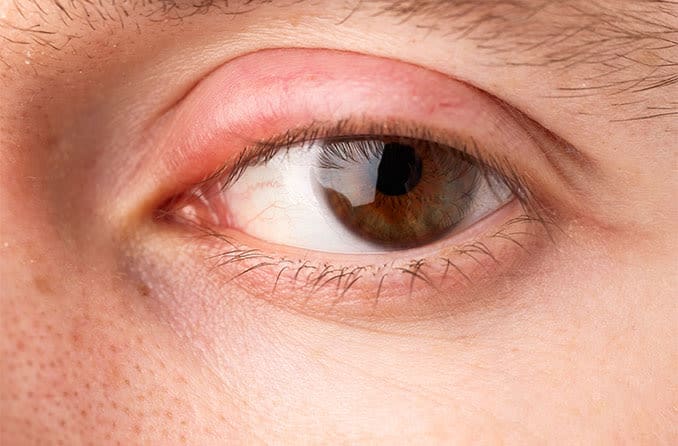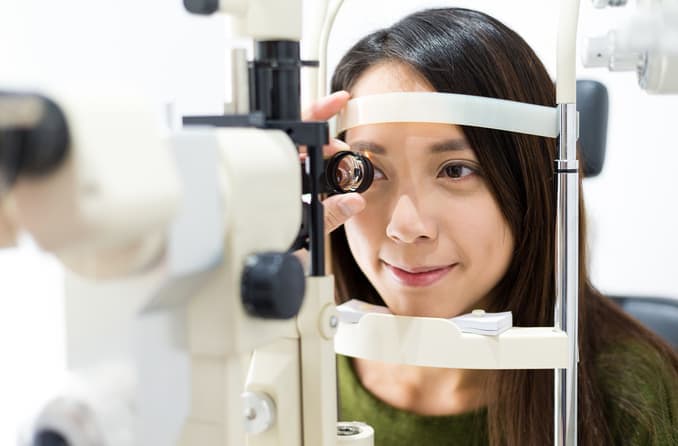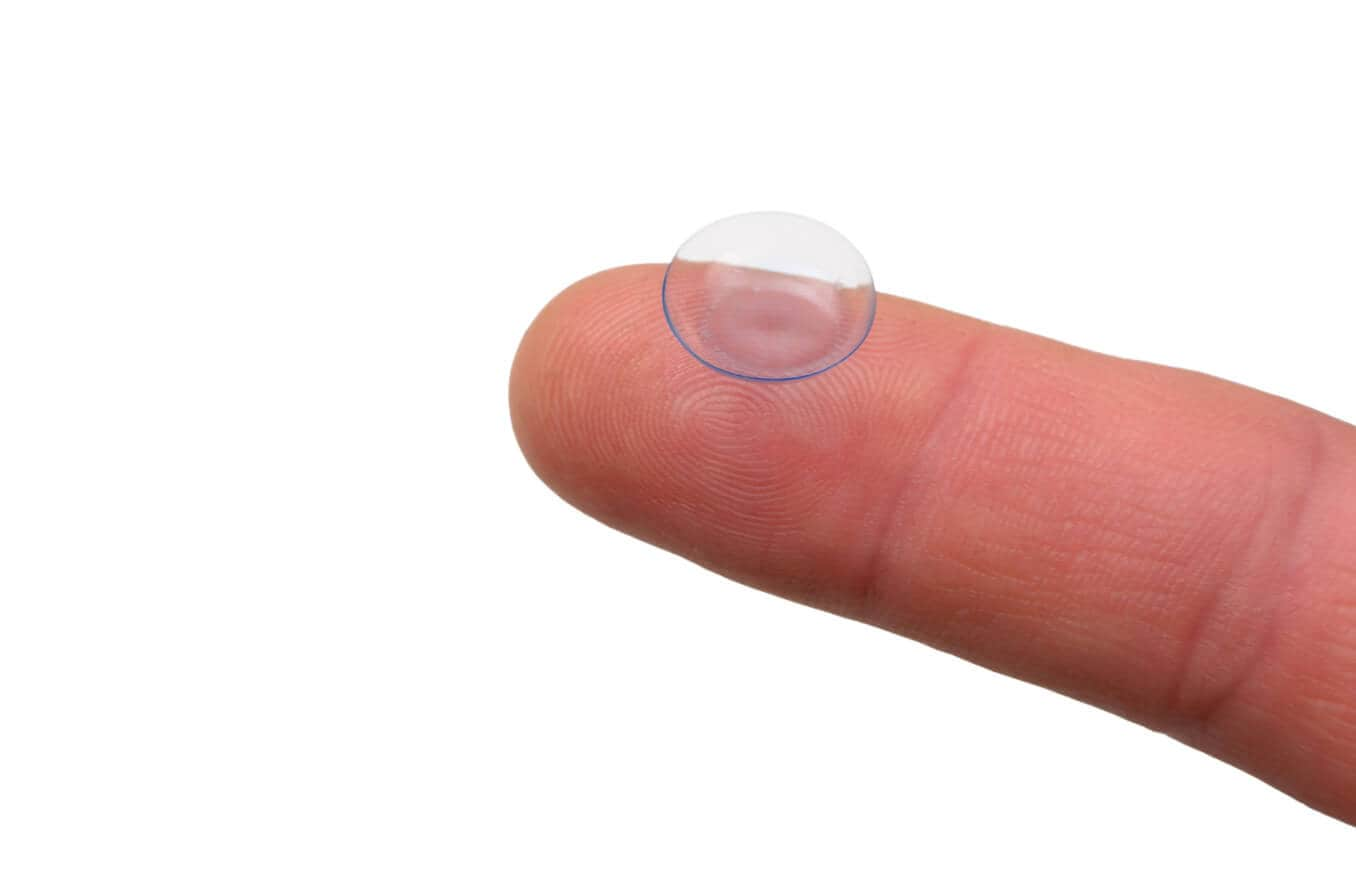It’s natural for parents to want the best for their children, especially when it comes to their health and well-being. So, when they learn that their baby has astigmatism, it can leave parents feeling shocked, overwhelmed and scared.
Astigmatism may sound like a big, scary word, but it’s in fact very common in infants and young children. Having information regarding what causes pediatric astigmatism and what it means for your baby, makes navigating this new territory less overwhelming.
So, take a deep breath, relax and read on, parents. We’ve got you covered.
What causes infant astigmatism?
On a basic level, astigmatism is caused by abnormal curvature in the eye’s cornea or lens. However, there is not a specific cause for the abnormality — it’s simply an irregularity within the structure of the eye.
While it’s relatively common for children ages 6 to 12 months to have astigmatism (around 23%) there are a few factors that may increase the likelihood of infant astigmatism.
These factors include:
Family history — It is suspected that astigmatism is hereditary, which means the trait is passed down to the baby from their parents, grandparents, etc.
Myopia — If another common refractive error, commonly called “nearsightedness,” is present in the child, it can heighten the chances of astigmatism occurring as well.
Hyperopia — Also referred to as “farsightedness,” this refractive error is myopia’s counterpart. It’s presence in children also makes astigmatism more likely.
Smoking during pregnancy — Studies have shown a link between maternal smoking during pregnancy and astigmatism in the child postnatal.
The ethnicity of a child can also determine their likelihood of having astigmatism. A research study on preschool astigmatism found that African American and Hispanic children are at a higher risk of astigmatism than non-Hispanic Caucasian children.
Signs of astigmatism in children
It’s difficult to pinpoint astigmatism in children because they typically are unable to vocalize the vision issues they experience. Fortunately there are a series of screenings performed during a pediatrician’s appointment to check for any eye or vision problems.
In between visits, it’s important to be vigilant and keep an eye out for symptoms that could indicate astigmatism in your child, including:
Light sensitivity
Individuals with astigmatism have difficulty filtering light, which often causes light to appear blurry, streaky or “smeared” with high glare, which makes it hard to focus. If your little one appears to be overly sensitive to light, it could indicate astigmatism.
Closing one eye or squinting
In children who are old enough to try their own methods of vision correction, squinting or covering an eye to try and focus is common. Tilting their head to one side is another sign that they’re trying to correct a blurry vision.
This can occur when watching television, reading or even when they’re looking at you from a distance.
SEE RELATED: Squinting in children and teens
Eye rubbing
Eye rubbing is a sign of tired eyes at any age. If you notice your child rubbing their eyes while focusing on an object, it could indicate eye strain, which is likely due to an uncorrected vision problem.
It’s also good practice to encourage your child to avoid eye rubbing, as it can cause damage to the eye(s) and surrounding tissue.
Sitting too close to digital screen or book
If your child feels the need to bring a book or tablet right up to their face or to sit unreasonably close to the television, it could indicate an eyesight problem. The light from the TV or the small print of a book could appear blurry to a child with astigmatism, so they feel that moving closer will help.
If you notice any of these behaviors and your child can talk, ask them about it: Why are they doing it? Does it help when they do it? Does it hurt when they don’t? Communicating with your child about peculiar habits regarding their eyesight can help pinpoint an important issue. And if they’re not yet old enough to speak, bring up your concerns with their eye doctor or pediatrician.
SEE RELATED: Children and technology: Protecting your child's eyes
Do babies and children grow out of astigmatism?
The bright side to this is that children typically grow out of astigmatism. As mentioned before, around 23% of infants from age 6 to 12 months have astigmatism. As children grow and their eyes develop, the refractive error corrects itself, dropping the statistic to only 9% near age 5 to 6.
While it’s common for astigmatism to resolve on its own, parents should not necessarily rely on this. Keeping track of visual behaviors in your child can potentially save their eyesight, not to mention the (sometimes literal) headache of your child having to cope with limited vision. Severe astigmatism can lead to amblyopia (lazy eye) in children, which can pose problems for their vision if proper treatment isn’t sought.
Just as it’s possible for a child to grow out of astigmatism, it’s also possible that they won’t, but that’s nothing to fret over. Kids with minor cases likely won’t require astigmatism treatment or correction — the child can have a happy, productive childhood without it.
However, even in minor cases, changing or worsening vision should be monitored in case corrective measures become necessary.
SEE RELATED: Astigmatism FAQs










